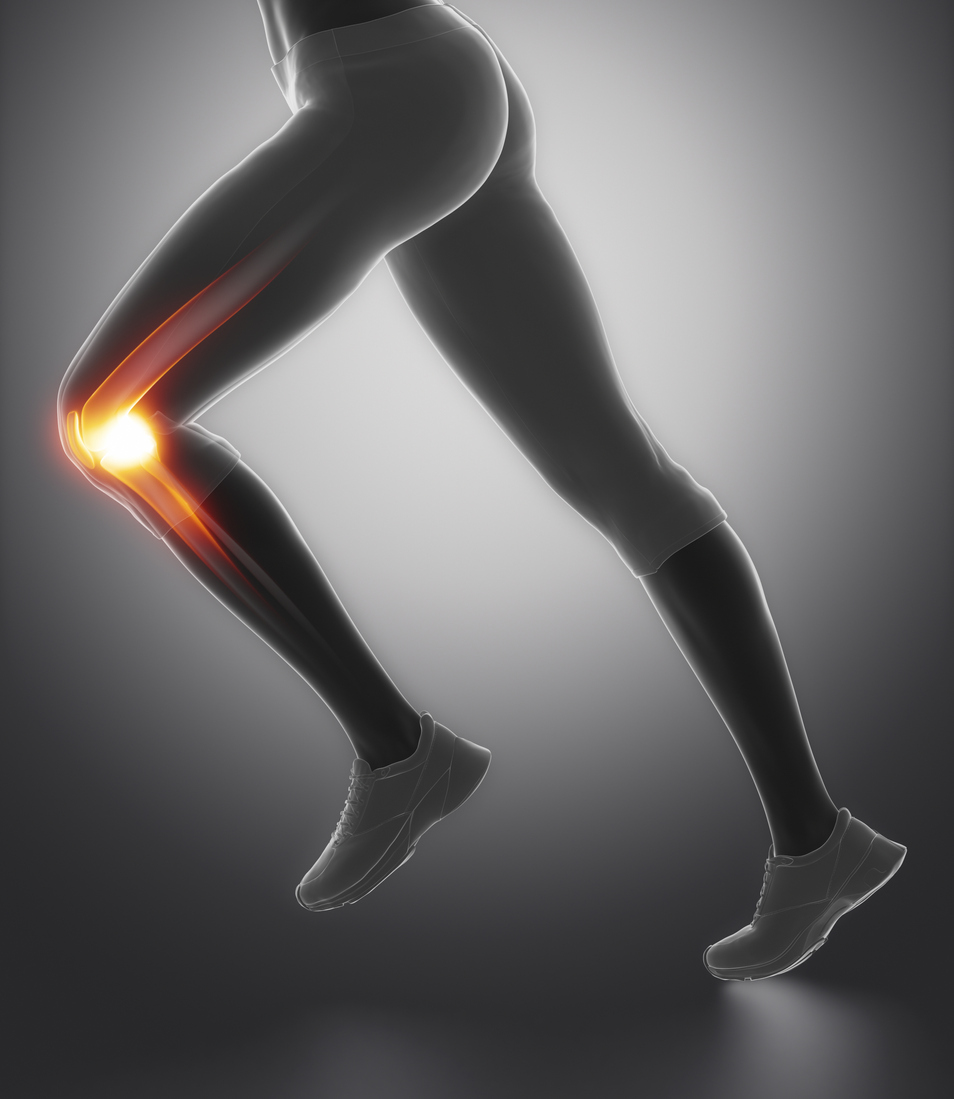
If you’ve played or watched sports (even on television), it’s likely you’ve heard the phrase, “torn ACL” gloomily pronounced with regard to an injured athlete. But what does it actually mean?
What is an ACL Injury?
Ligaments are strong bands of tissue that connect bones. The ACL, or anterior cruciate ligament, is one of two major ligaments that cross in the middle of the knee to connect the femur to the tibia and help stabilize the knee joint.
What Causes ACL Injuries?
ACL injuries occur when the ligament is torn, often in sports that involve jumping or sudden stops or changes in direction such as basketball, football, soccer, skiing, tennis, gymnastics, and more.
Most ACL injuries happen in some of the following knee-stress-inducing activities:
- Cutting or quickly slowing down and changing direction
- Landing incorrectly from a jump
- Stopping suddenly
- Falling from a ladder
- A direct blow to the knee.
Often ACL injuries are signified by a sudden “pop” in the knee followed by severe pain, swelling, instability, and an inability to continue activity.
People who are most at risk of an ACL injury include:
- Women, who are 4-6 times more likely to suffer ACL tears.
- People over 40, as the ACL weakens with age
- Athletes who participate in sports that require cutting, pivoting and single-leg landings
- People who have suffered a previously torn ACL
What Can I Do to Prevent ACL Injuries?
Although you can’t completely prevent ACL injuries, proper training and exercise can help reduce the risk. Physical therapists, athletic trainers and other orthopedic or sports medicine specialists can help you devise programs to reduce risks which may implement the following:
- Exercises that strengthen leg muscles—particularly hamstrings—and core (hips, pelvis, and lower abdominal) muscles
- Training for proper techniques and knee position in jumping and landing
- Improving techniques for pivoting and cutting
What are ACL Injury Treatment Options?
It’s important to seek immediate medical attention if you suffer an injury to your knee that indicates an ACL injury. The knee joint comprises a complex structure of bones, ligaments, tendons and other tissues that work together, and a prompt and accurate diagnosis is vital.
In order to determine the severity of your injury, physicians might order an x-ray or MRI to determine possible damage to bones, ligaments, tendons or knee cartilage. Additionally, a doctor might perform a knee arthroscopy which involves making an incision and inserting a tiny tool to look inside the knee.
Treatment protocol will depend on several factors including the severity of the injury, age, and health of the patient, and condition of the knee. Physicians usually use one of two treatments for ACL injuries:
- Surgical reconstruction, which involves a repair of the torn ligament and a long and sometimes grueling recovery period of intense physical therapy.
- Platelet Rich Plasma (PRP) injection, which involves blood drawn from the patient, spun in a centrifuge to concentrate the platelets and then injected into the affected area to speed recovery of muscles and ligaments.
If you want to prevent or treat an ACL injury, contact your local sports medicine experts at 954.866.9699 or info@192.168.100.2.
